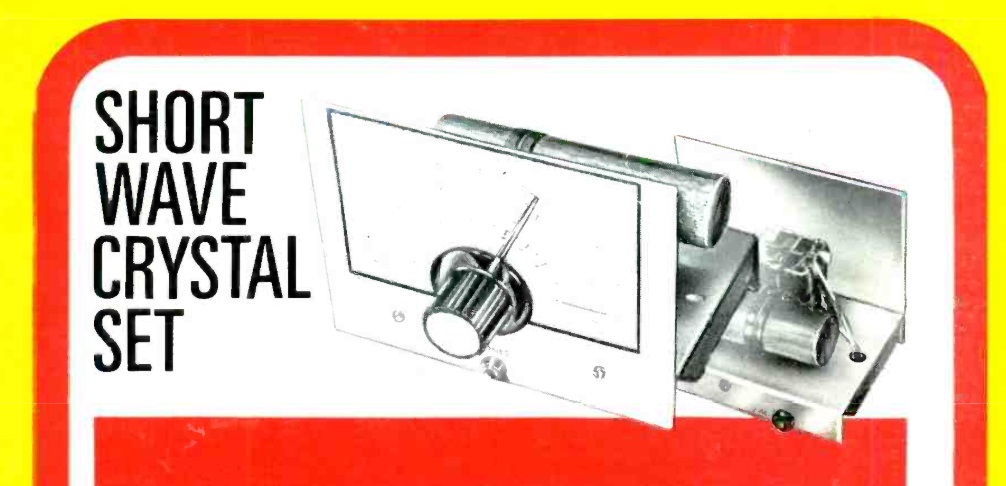 Fifty years ago this month, the June 1974 issue of the British magazine Radio Constructor carried the plans for the elusive shortwave crystal set. The author, R.A. Penfold, noted that most published designs covered the medium waves, or (outside of the Americas) the long wave bands. But designs for shortwave sets were relatively scarce, “despite the fact that such designs are capable of far superior results.”
Fifty years ago this month, the June 1974 issue of the British magazine Radio Constructor carried the plans for the elusive shortwave crystal set. The author, R.A. Penfold, noted that most published designs covered the medium waves, or (outside of the Americas) the long wave bands. But designs for shortwave sets were relatively scarce, “despite the fact that such designs are capable of far superior results.”
He notes that his design was initially built for its novelty value, but it successfully pulled in many stations, including Berlin, Canada, Hilversum (Holland), Moscow, Poland, Prague, Stockholm, Switzerland, and Vatican Radio. “In short wave terms this is not particularly exceptional, but bearing in mind that a crystal set has no gain, and that the energy which vibrates the diaphragm in the earphone is derived from the power at the transmitter, such results become more interesting.”
This is, indeed, interesting. In his case, the energy from Moscow or Canada was what caused the earphone to vibrate in Britain.
The set tuned 49 through 19 meters, making it useful for the major shortwave broadcast bands. Few parts were required. The 390 kilohm resistor in the circuit is necessary with a crystal earphone, as a DC path is required. This could be omitted with the use of a high impedance magnetic headphone. The coil is about 4 feet of 24 gauge wire on a broom handle. An outside antenna of 50-100 feet was recommended.
The main requirements for operation were said to be practice and patience.
Some links on this site are affiliate links, meaning that this site earns a small commission if you make a purchase.

